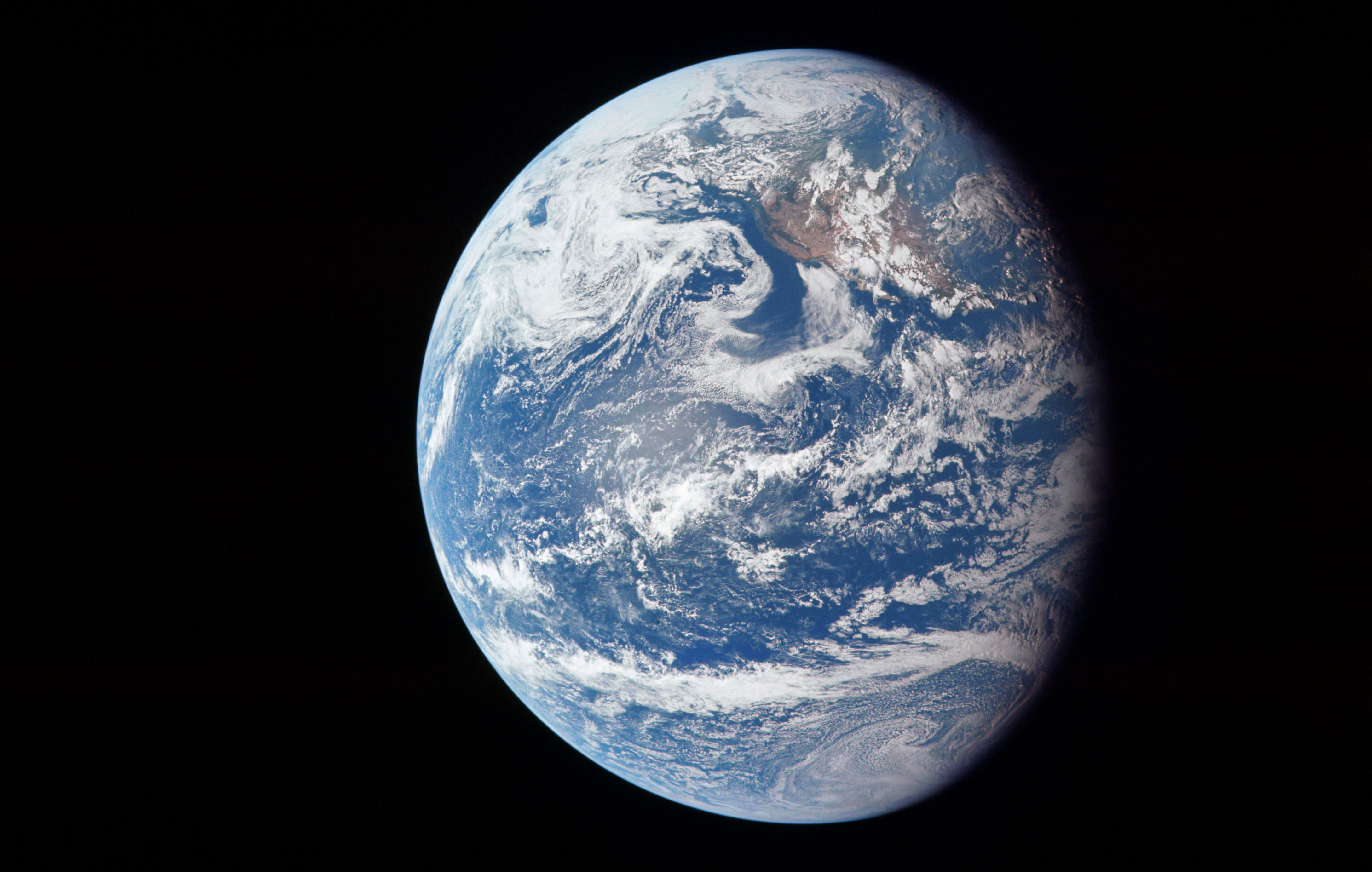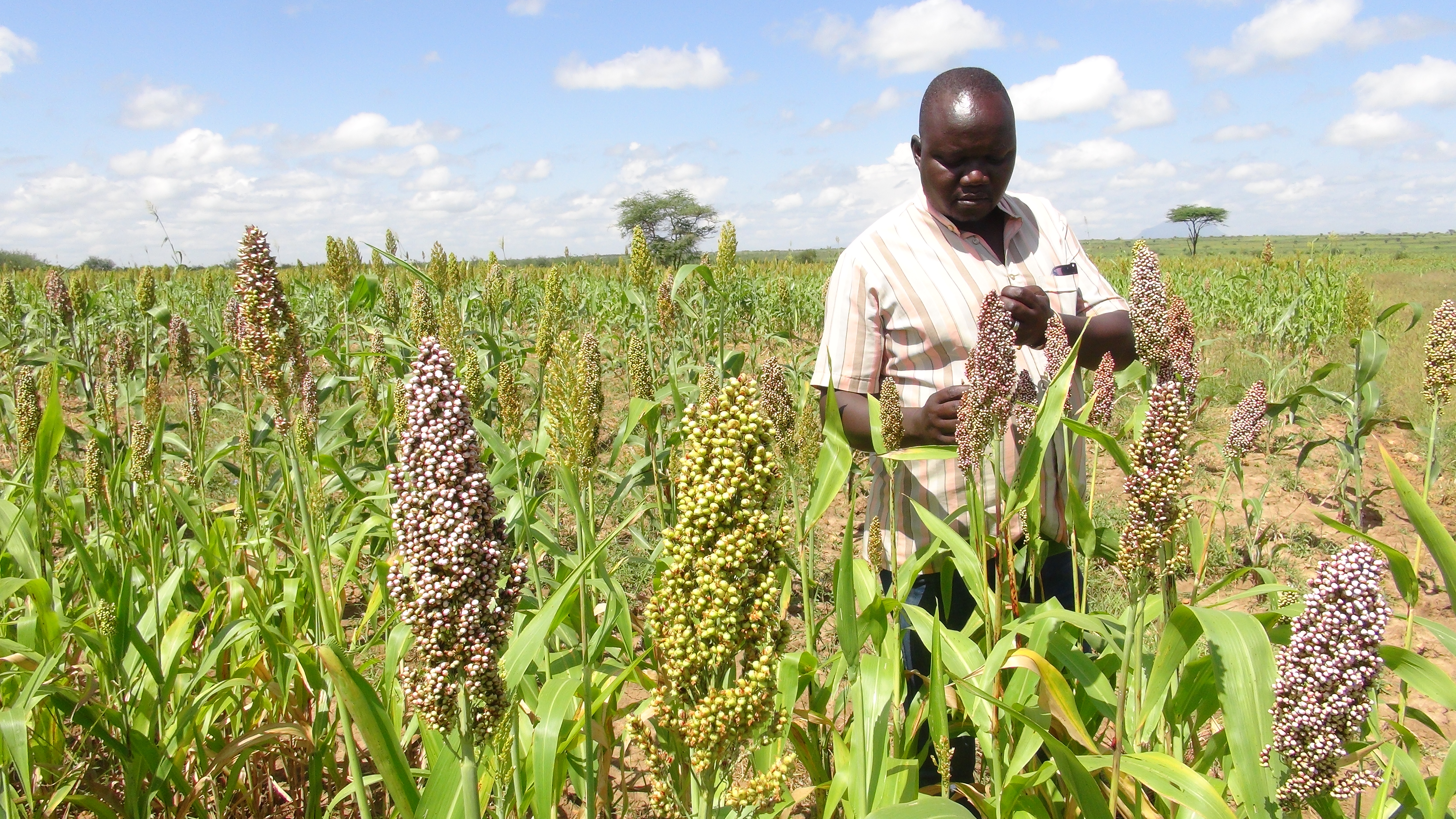And a great article on it by ABC here.
According to the United Nation’s recent World Population Prospect’s 2022, there are now eight billion humans on earth.
This figure is even more staggering when you consider that in 1925 there were only two billion of us.

The human population is projected to grow to 9.7 billion by 2050 and to 10.4 billion in 2080 before plateauing and then declining. This decline is projected due to dropping global fertility rates (meaning we drop below the replacement number of 2.1 children per woman), but before this happens the next few decades will see a huge growth in our population. However, this growth won’t happen equally across the world.
Some countries, mainly in Europe, are already dropping in population size.
While this may be good to slow the population growth globally, it will have significant effects on tax, aged care, health care and the economy of those countries. With an ageing population, we will need to consider what effect larger numbers of older people will and should have for healthcare, transport, city design and more.
While some countries will grow steadily and others will decline, eight countries are set to grow significantly. By 2050, these eight counties will hold 50% of the population! These are India (which is set to take over China as the most populous country next year), China, Pakistan, the Philippines, Nigeria, Tanzania, Ethiopia, the Democratic Republic of the Congo and Egypt.
For these countries, food production in light of climate change will be a big issue. They will be impacted by urbanisation as cities expand upwards and outward, encroaching on arable land. Urbanisation combined with climate change will impact food system security.
As we can see, there are some systemic level changes and challenges coming our way in the near future.

So how can we ensure an equitable future for all?
There are several priority areas that we need to deliberately design for now:
- Climate resilience, action and transformation
- Health care
- Aged care
- Technology for doing more work with fewer workers, such as AI
- Technology for agriculture, food production and food system resilience
- Design of transport and citites
- Building resilient and healthy communities and more
We face significant change and it’s our job as designers to build solutions that work towards a positive future.
Here is to designing a future for 10 billion humans that is equitable, just, sustainable and thriving.
You can read the World Population Prospects 2022 here.
